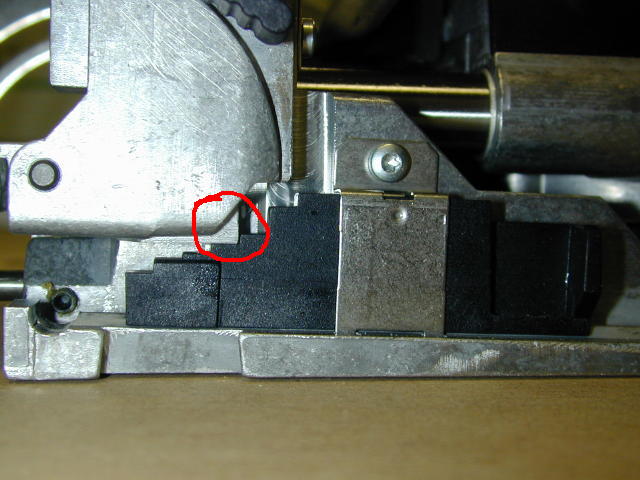While it may be pretty silly that we have not converted to metric, we haven't. There are several tools -- the plunge routers, the circular saws, perhaps the planer -- where either an imperial measure sticker or an optional imperial part kit would make things a lot easier. If I want to cut just through a three-quarter inch board, or rout a slot one-third of the way through one, which I often do, the necessary conversion is an opportunity for error. Remember that the Hubble telescope had to be repaired at HUGE expense because those building it were working in two different systems of measurement and someone somewhere forgot to convert!
I have a digital dial caliper that will do conversions when necessary, but I've actually gotten pretty good at dealing with fractional measure. The main point, though, is that I can't switch entirely to metric when most of my tools and materials and plans are not metric. I would have to operate in both systems. I can do that. Obviously I am doing that. But if it would be simple to provide imperial measure parts for some of these tools, then it would make things easier for a lot of people. (The discussion about remaking the Domino to imperial measure, however, seems to me simply strange, proposing essentially a re-make of he whole system. I haven't used my Domino much, but I don't understand why I would care about the dimensions of a part that simply diappears. I've never even thought about the dimensions of joiner biscuits except to use narrower ones in narrower stock.)

